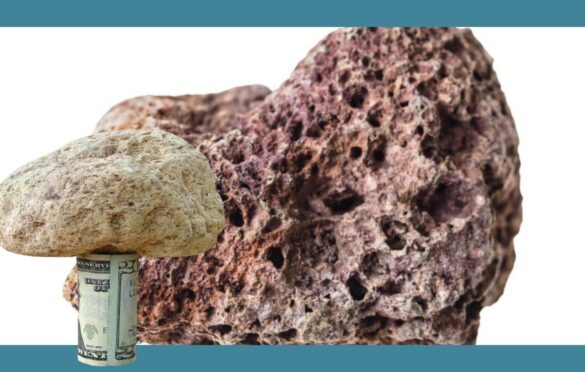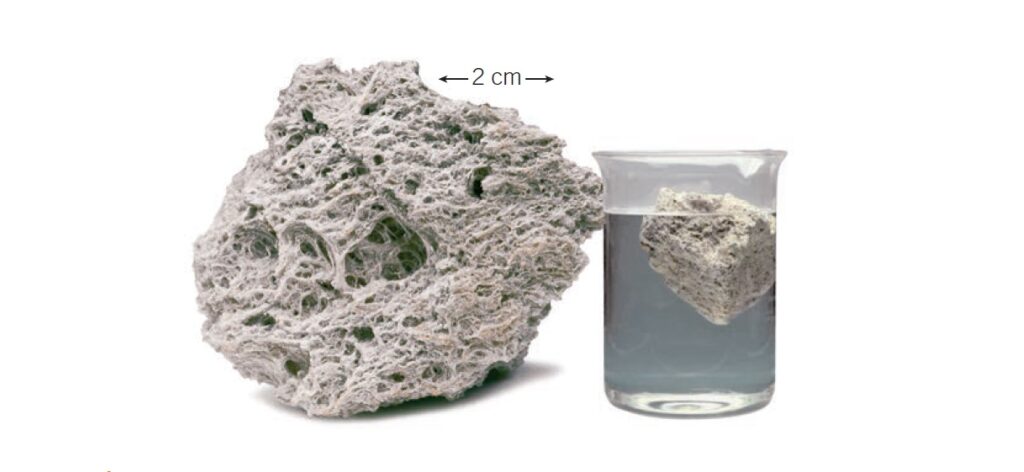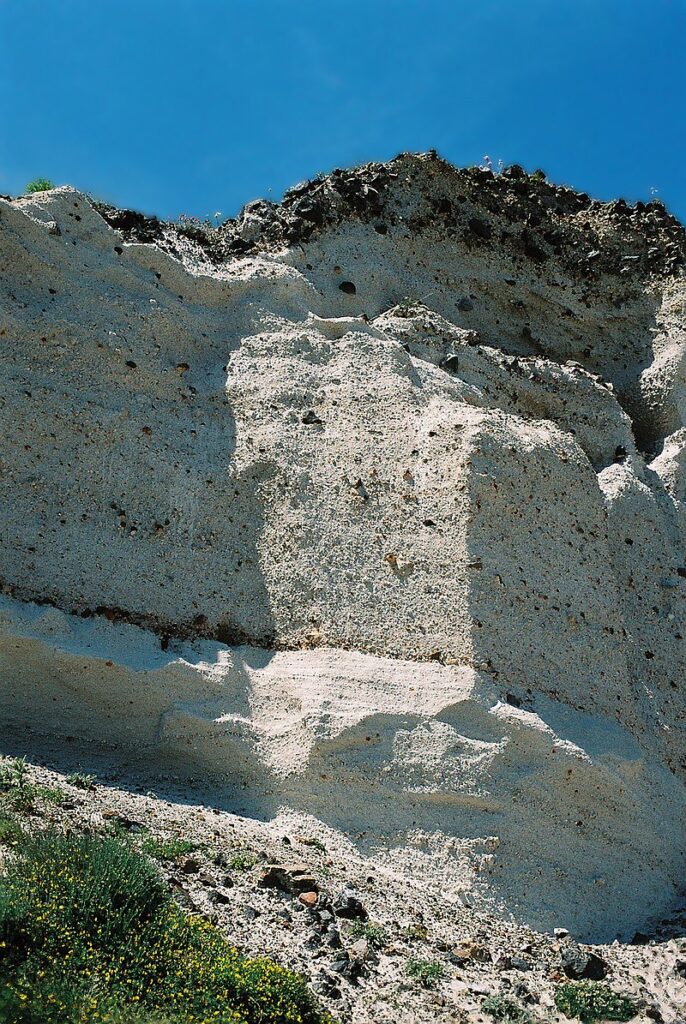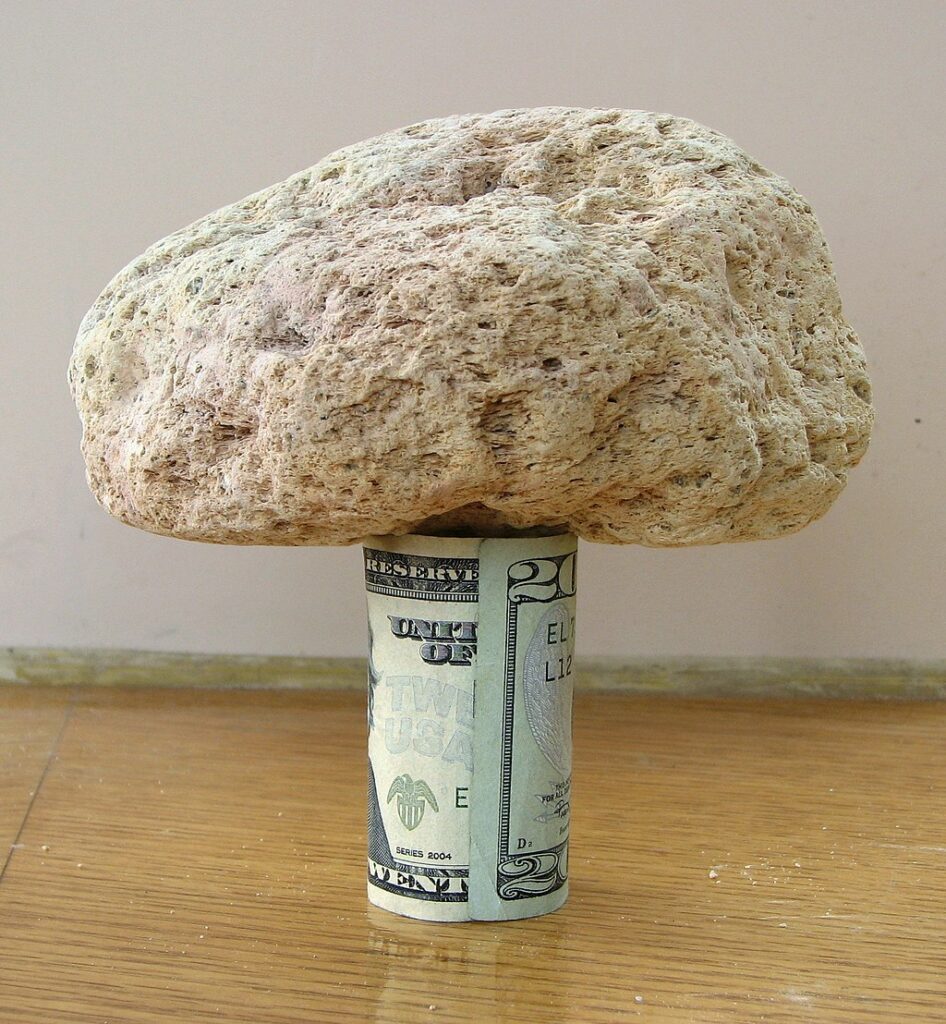Pumice Rock: Formation, Name, Occurrence, Uses, and More

Pumice rock is a type of volcanic rock that is known for its lightweight and porous nature. It is formed during explosive volcanic eruptions and is commonly found near volcanic vents and craters. In this article, we will discuss the formation, name, occurrence, uses, and other interesting facts about pumice rock.
Formation of Pumice Rock
Pumice rock is formed during explosive volcanic eruptions when lava is ejected into the air and rapidly cooled, forming a frothy and porous rock. This occurs when gases, such as water vapor and carbon dioxide, are rapidly released from the molten rock, causing it to expand and cool quickly. As a result, pumice rock is composed of highly vesicular and frothy volcanic glass.

Name of Pumice Rock
The name “pumice” comes from the Latin word “pumex,” which means foam. This name was given to the rock due to its frothy appearance, which is similar to foam.
Occurrence of Pumice Rock
Pumice rock is found all over the world, but it is most commonly found in areas with active or dormant volcanoes. Some of the largest deposits of pumice rock can be found in Italy, Greece, Turkey, and the United States. In the United States, pumice rock is commonly found in the western states, such as California, Oregon, and Washington.

Uses of Pumice Rock
Pumice rock has a variety of uses due to its unique properties. One of the most common uses of pumice rock is as an abrasive in cleaning products, such as hand soap, toothpaste, and exfoliating scrubs. Its lightweight nature also makes it a popular additive in construction materials, such as lightweight concrete and plaster. In horticulture, pumice rock is used as a soil amendment to improve drainage and aeration. Additionally, pumice rock has been used in the production of stone-washed jeans and as a thermal insulator.
Interesting Facts about Pumice Rock
Pumice rock can float on water due to its porous nature. Pumice rock is one of the few rocks that is lighter than water. The largest deposit of pumice rock in the world is found in Lipari, Italy. Pumice rock is often used by athletes to remove calluses and dead skin from their feet.
Pumice rock can be found in a variety of colors, including white, gray, black, and even red.

Conclusion
Pumice rock is a fascinating type of volcanic rock that is known for its lightweight and porous nature. It is formed during explosive volcanic eruptions and can be found all over the world, with some of the largest deposits in Italy, Greece, Turkey, and the United States. Pumice rock has a variety of uses due to its unique properties, including as an abrasive in cleaning products, an additive in construction materials, and a soil amendment in horticulture.
